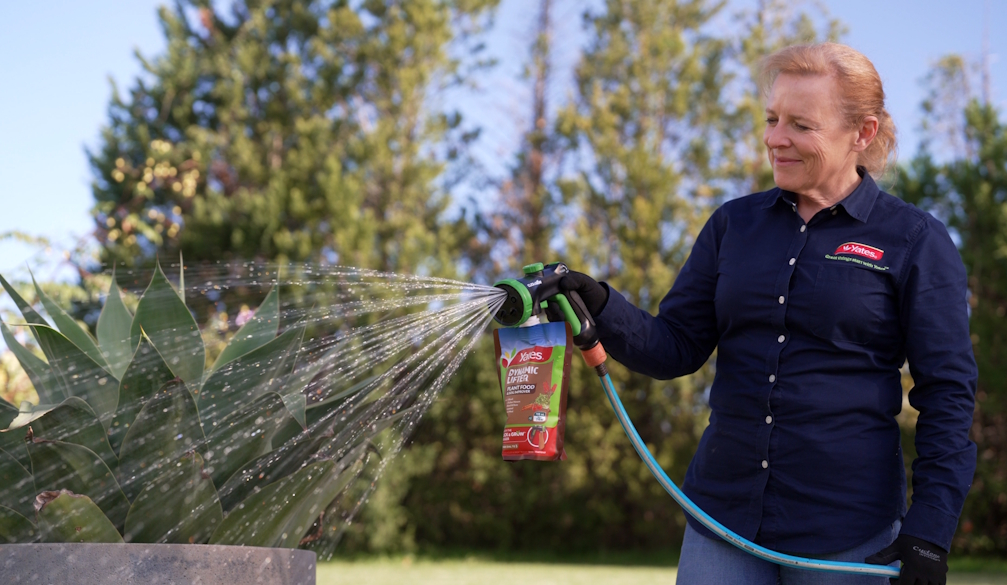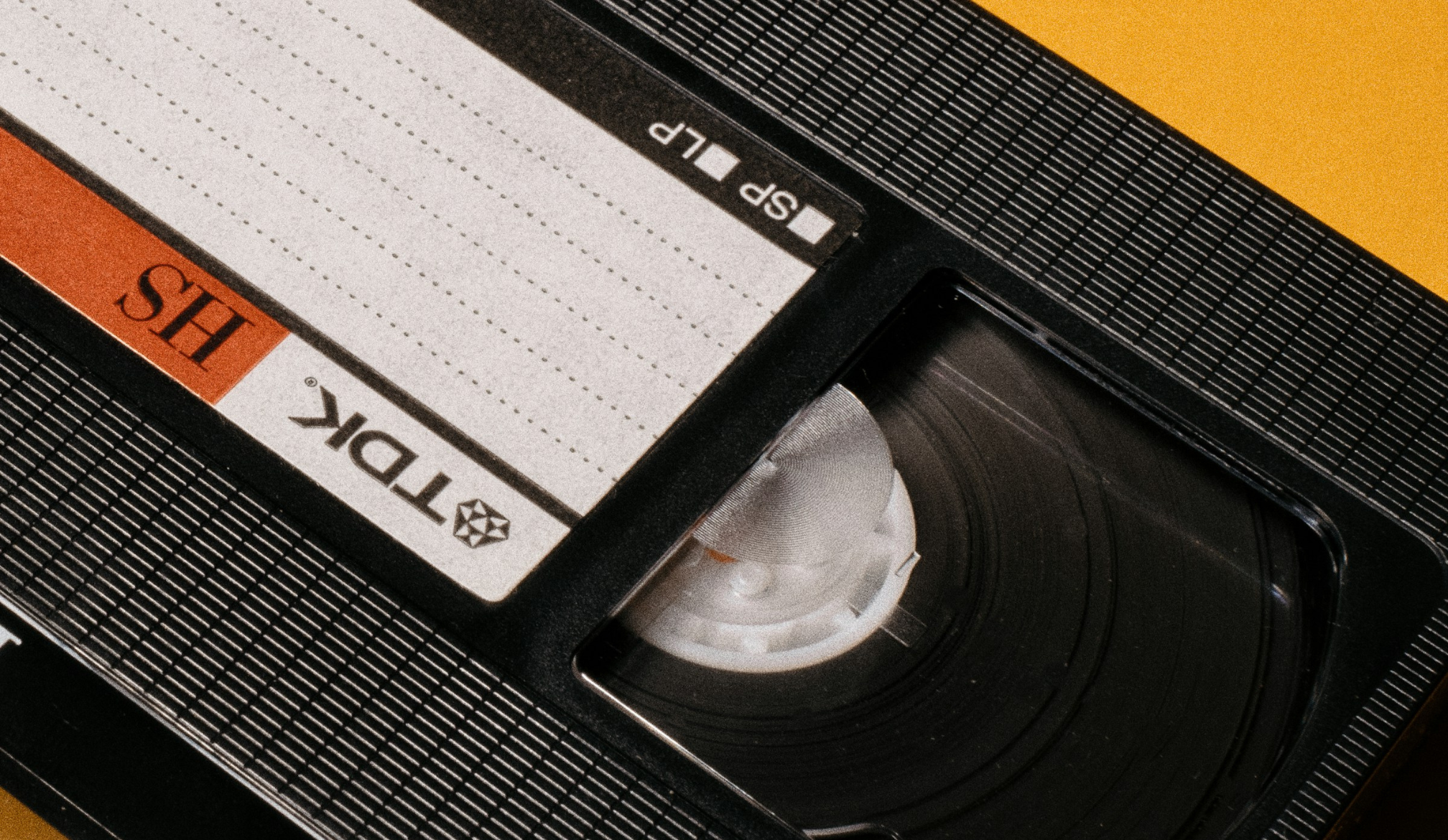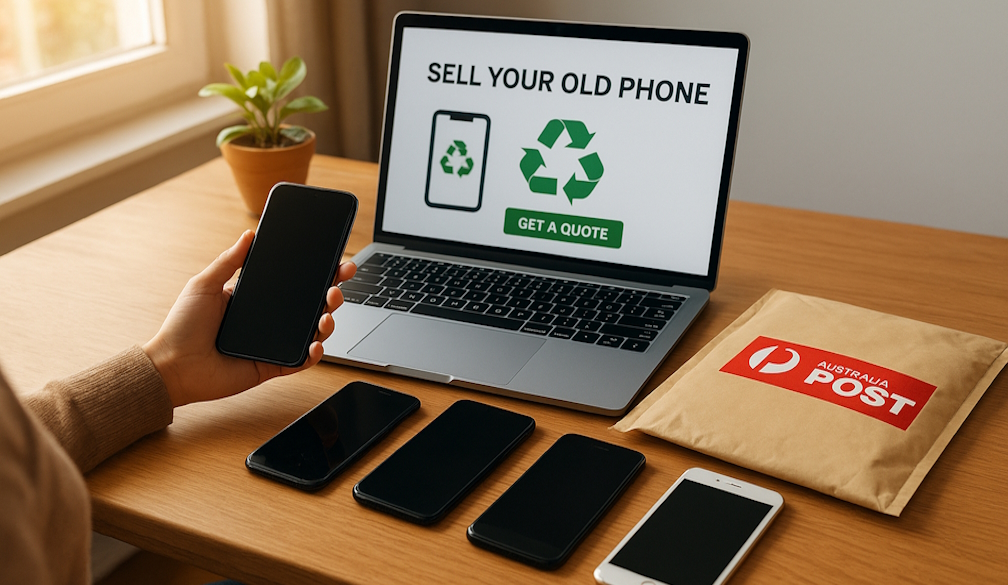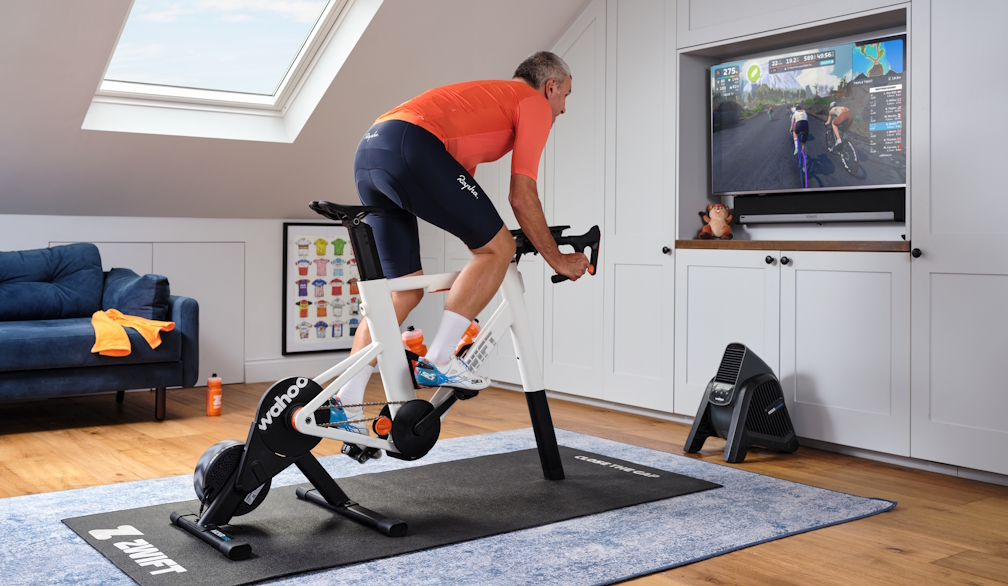Insight: The Fine Art of Car Detailing
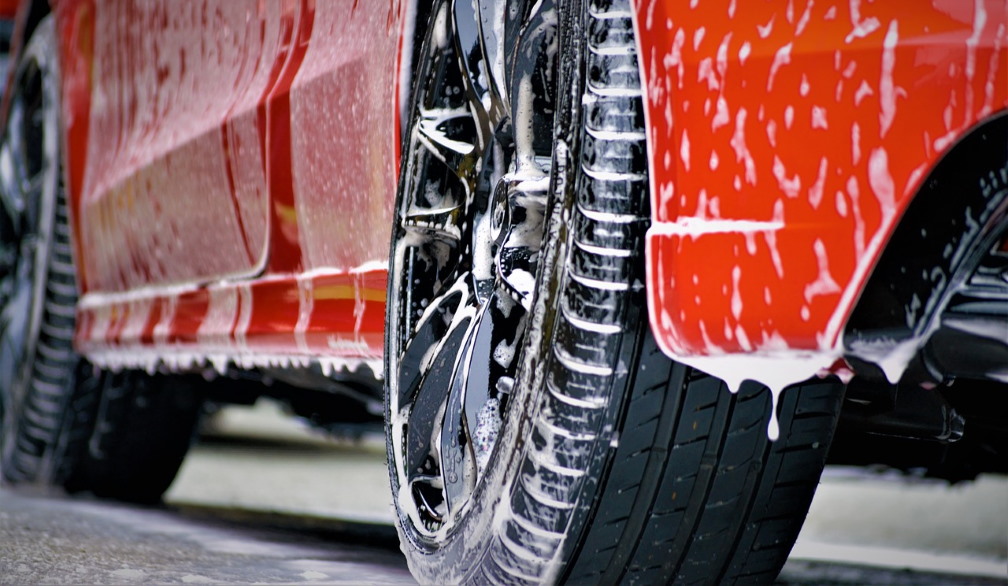
If you’re not quite sure what car detailing is or believe that it’s basically the same as washing and waxing, we’ve prepared the following text to help you understand (and appreciate) the work that car detailers canberra put into every vehicle. As the name suggests, it encompasses (a great deal of) attention to details and making your car look as great as possible. This includes removing various car parts, cleaning them, removing contaminants, putting them back and protecting them in a way that is also very pleasing to the eye. As you can see, this job is not for everyone.
We might even say that it’s great if whoever wishes to engage in car detailing suffers from a mild OCD.
The first essential task, before detailing is to ensure that the vehicle is in its best possible mechanical condition. Make sure that the service schedule is up to date and that accessories, like the car's air conditioning system, are working correctly. You could get in touch with car air conditioning repair in Melbourne for advice.
So, let’s take a closer look at what experts in this field do on a regular basis in order to reach perfection and you can then decide if it’s something you could do yourself or if you would need professional assistance.
Tackling the dirtiest areas first
Sills, wheels, wheel arches, door shuts and fuel filler area are dealt with using a multi-purpose cleaner and left to soak. This requires a lot of time and dedication and you also need to have the right products. When dealing with wheels, you should remove each one in turn, spray and clean the reverse side, as well as the hubs. To get all the dirt from crevices and voids, use a toothbrush to detail wheels. Nylon bristles work well on spokes and intricate patterns. Be sure to use the proper type of cleaning solution for the surface material.
Washing the car
When washing a car, experts in car detailing use soapy water and special detergents while wearing wash mittens. Professionals are especially careful to remove every last drop of water from the car, so that no stains are visible. Stubborn contaminants, such as tar spots, are dealt with using a clay bar that is rubbed onto the entire surface. After the residue has been cleaned off, the car is polished gently, which takes hours of work. Only then can a polish be applied to seal the surface. One of the most popular products when it comes to protecting vehicles from the elements and other potential threats is the protective nano coating, which should be chosen and applied carefully. If applied correctly, it will provide excellent protection.
Upholstery
Every car owner will tell you that they are particularly sensitive to the upholstery, probably because it can get dirty so easily. Also, it’s one of the things that buyers of second-hand cars couldn’t choose, which only adds to frustration. Just like the car color trends have changed, we could say the same thing about the upholstery. Still, regardless of what material you have, it will eventually become home to grease streaks or oil-based stains. Those are best dealt with using baby powder. Just sprinkle it directly on the spot and allow it to rest on the surface for at least 30 minutes. After that, use a soft nylon brush to dust the powder off and vacuum the area to remove the powdery residue. If the stains are still there, you’ll have to resort to a stronger cleaning agent, but make sure you choose one that has been designed for the material you have in your car.
Other parts of the interior
When cleaning the carpet, it’s advisable to use compressed air to flush out dirt from around the edges in the corners first. Next, you should use a sweeping motion above the carpet on the floorboards and in the trunk to loosen dirt, which can then be vacuum cleaned using a wide attachment on the hose.
When it comes to the dashboard, you can opt for a cheap and efficient trick that includes using cotton swabs to clean dirt and debris from inside and in between the dashboard vents. They can also be used around gauge seams and inside slots for heating and air control levers.
Window glass and stickers
All old and faded stickers should be removed before washing the windows. Peel them off slowly with your fingers, starting with a raised corner under your fingernail. Dampen a cotton rag with rubbing alcohol and saturate the remaining parts of the stickers to soften them. Now, quickly wipe up any liquid that runs down the glass before it reaches the bottom of the window. If there are still some stubborn stickers, use a sharp razor blade to remove them. Just slide the razor underneath them, flat against the window. Gummy residues should be removed using a rag doused with alcohol.
Don’t touch the bubbles!
If there are some imperfections on the exterior, such as a slight bubble, you mustn’t press on it or flick it off with your thumbnail. Namely, such an imperfection will quickly turn into a chip or a larger imperfection that will require expert’s assistance to be rectified.
This is what car detailing is in a nutshell. As you can see, it’s complex and requires a lot of attention and skills. So, if you decide to roll up your sleeves, make sure you know what you’re doing and that you have the right tools and products. If you play your cards well, you’ll be able to enjoy driving a much nicer and better protected vehicle and you might give it a new lease of life.





